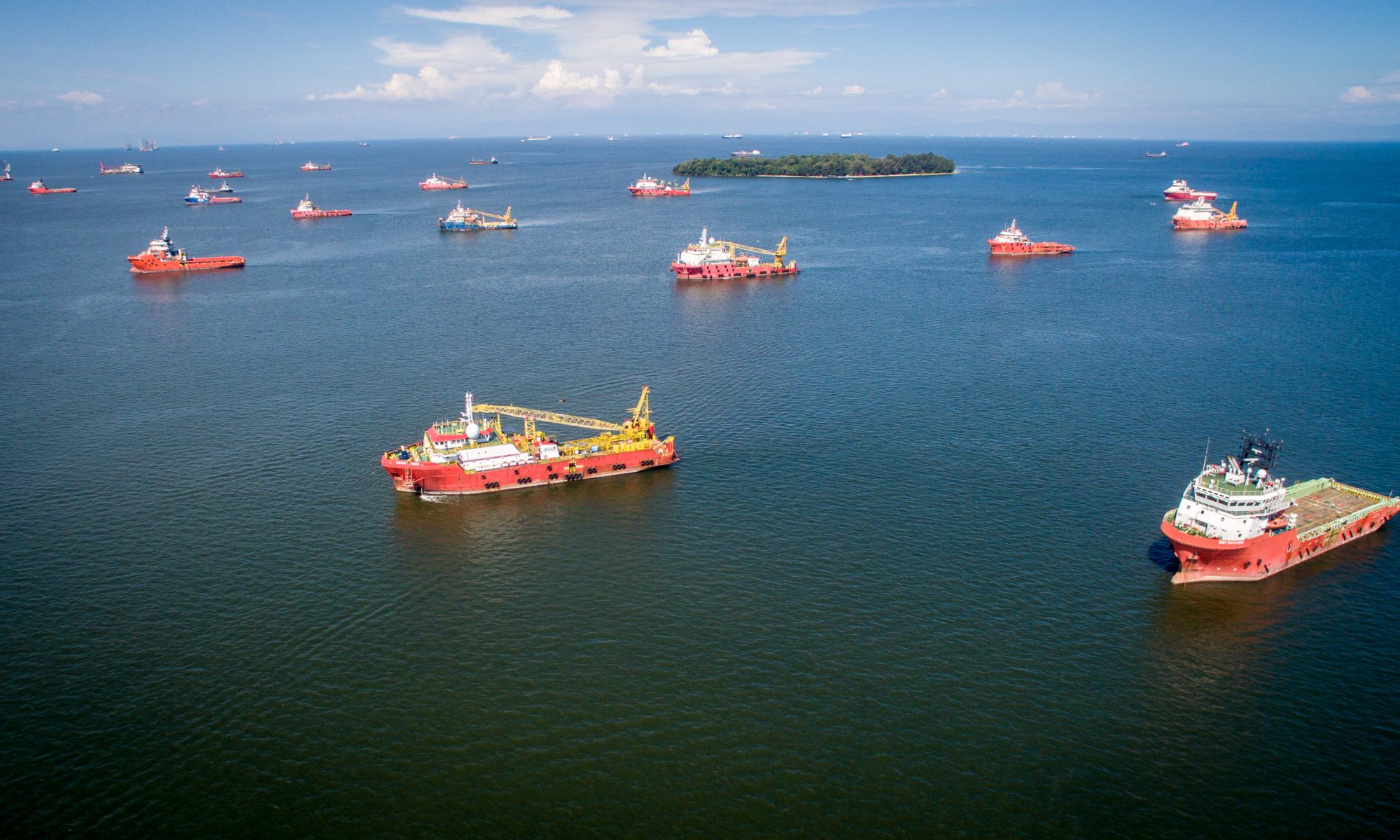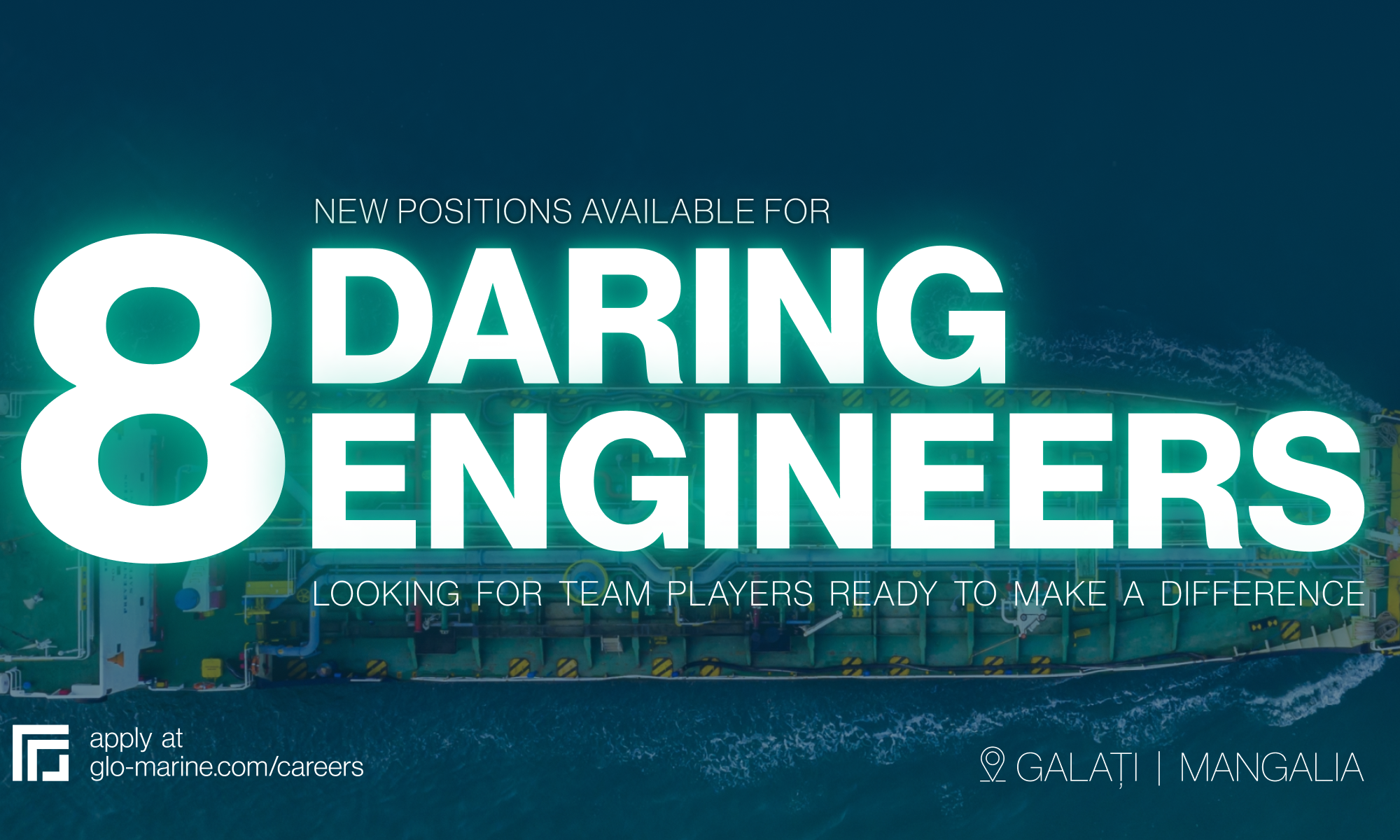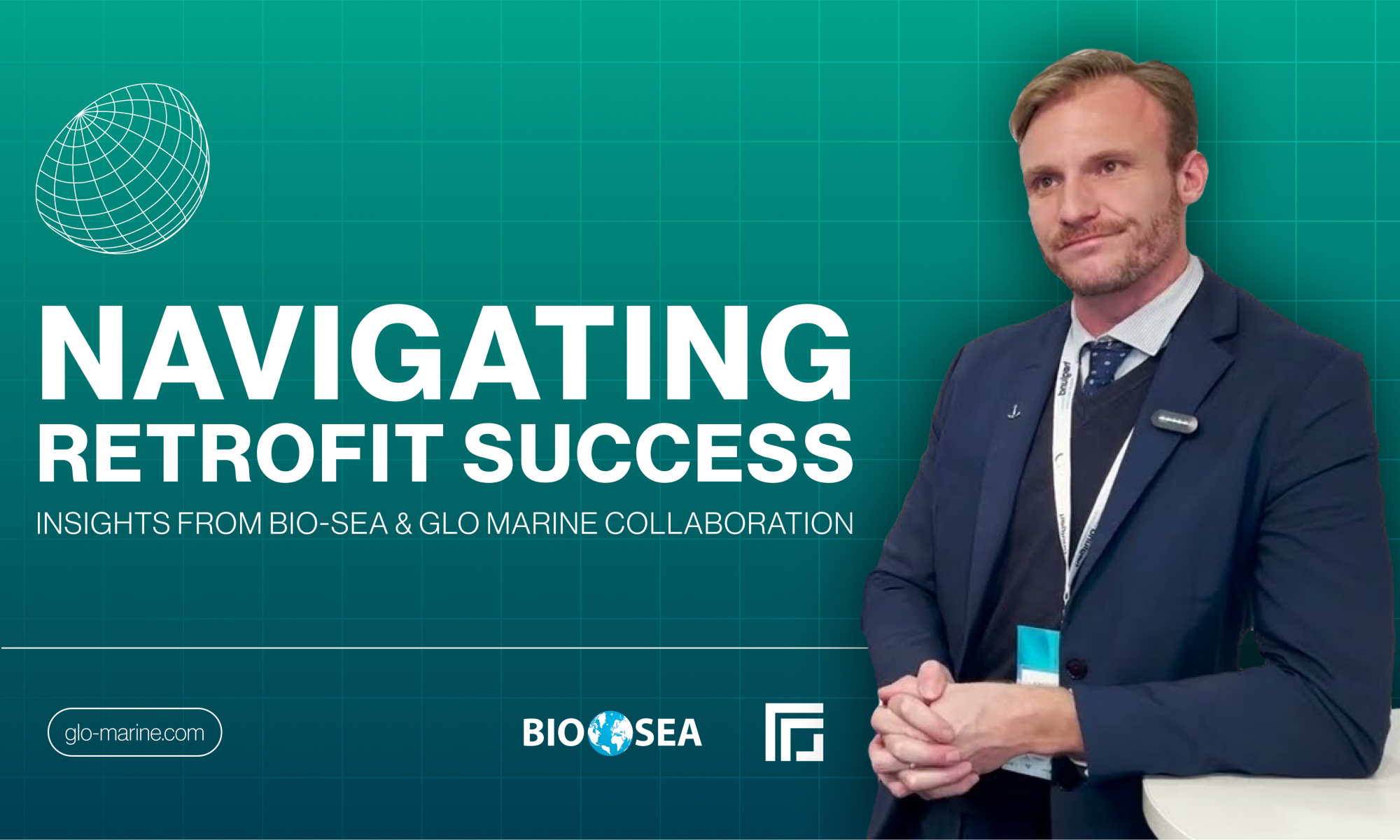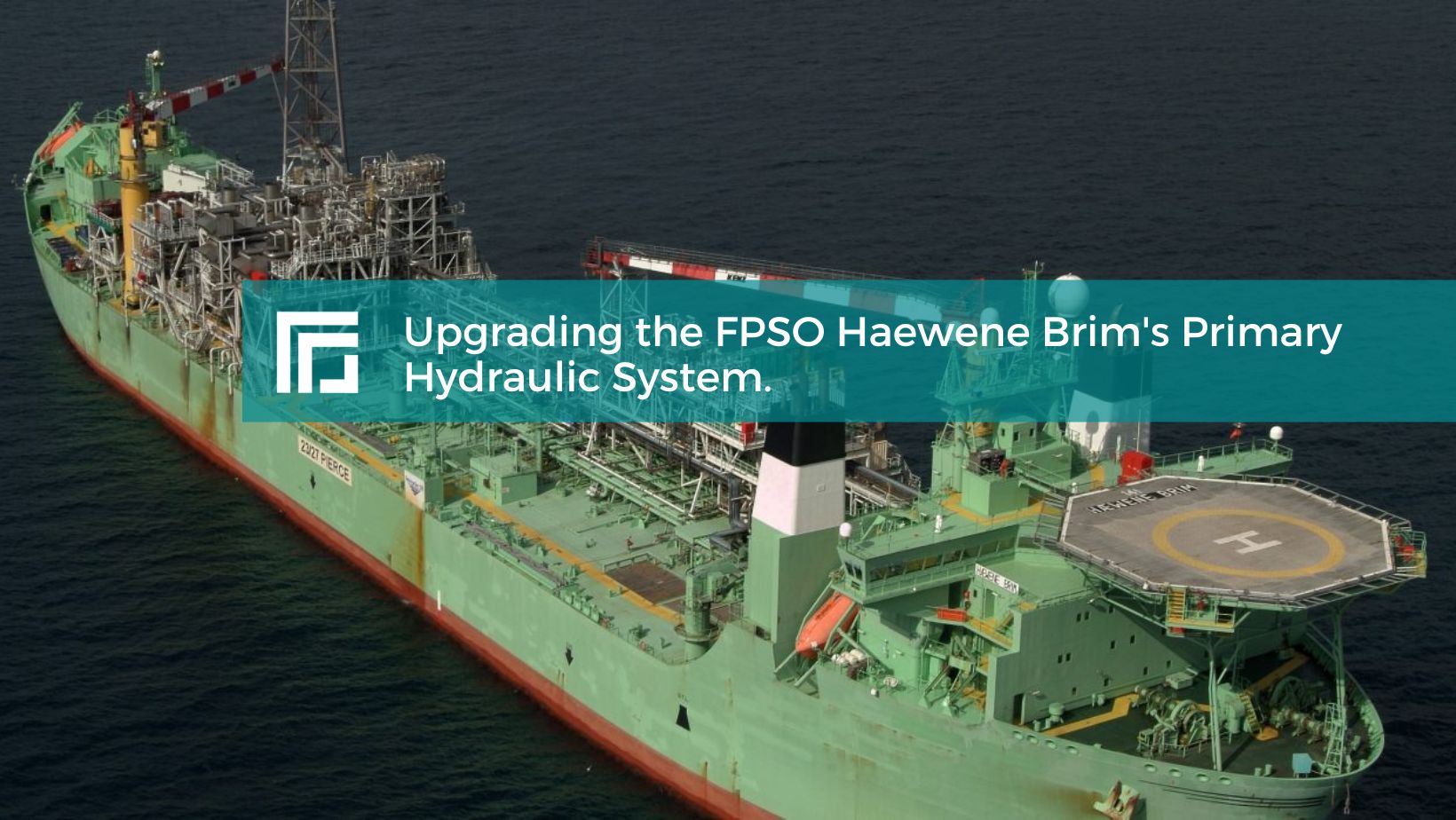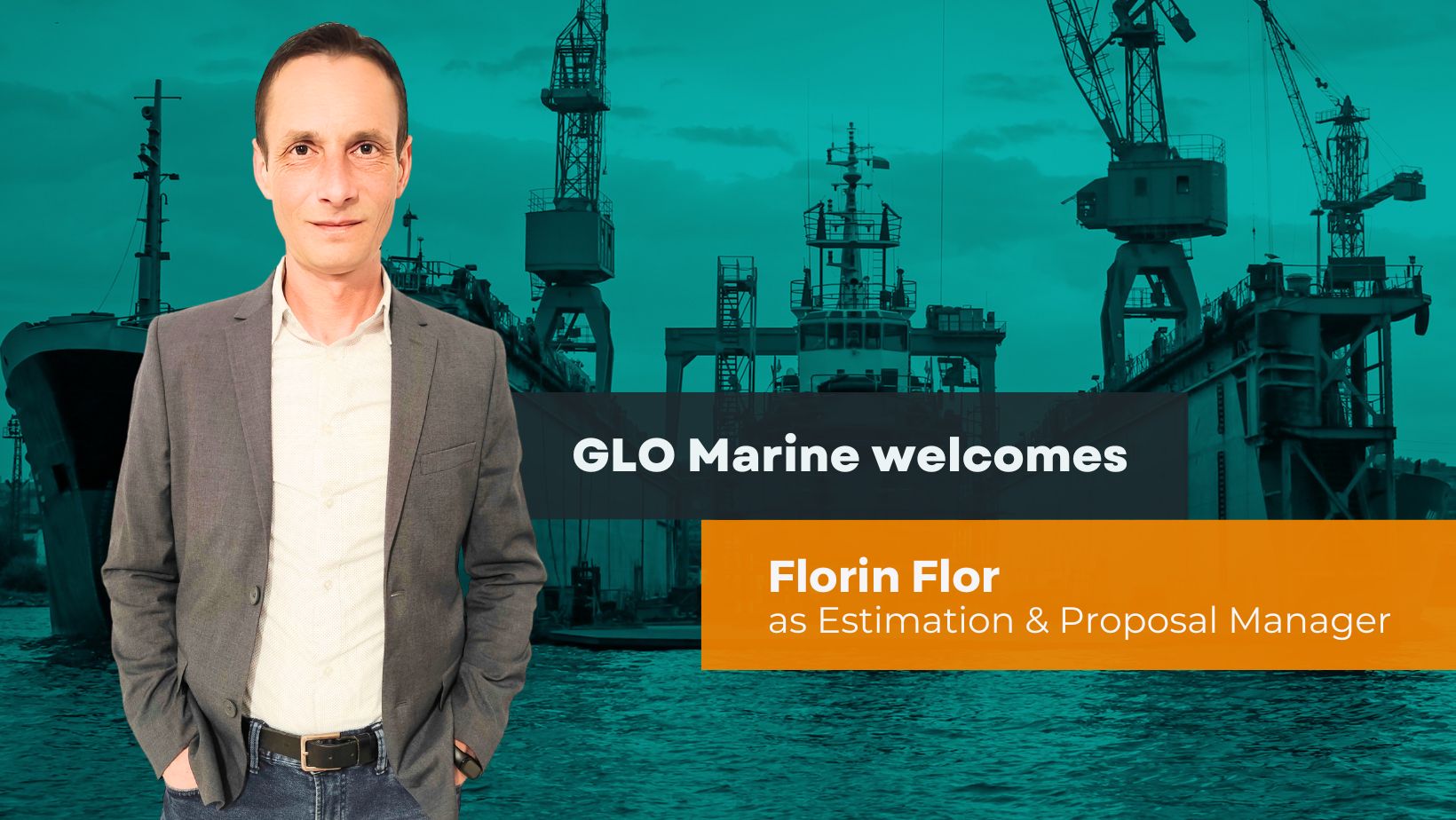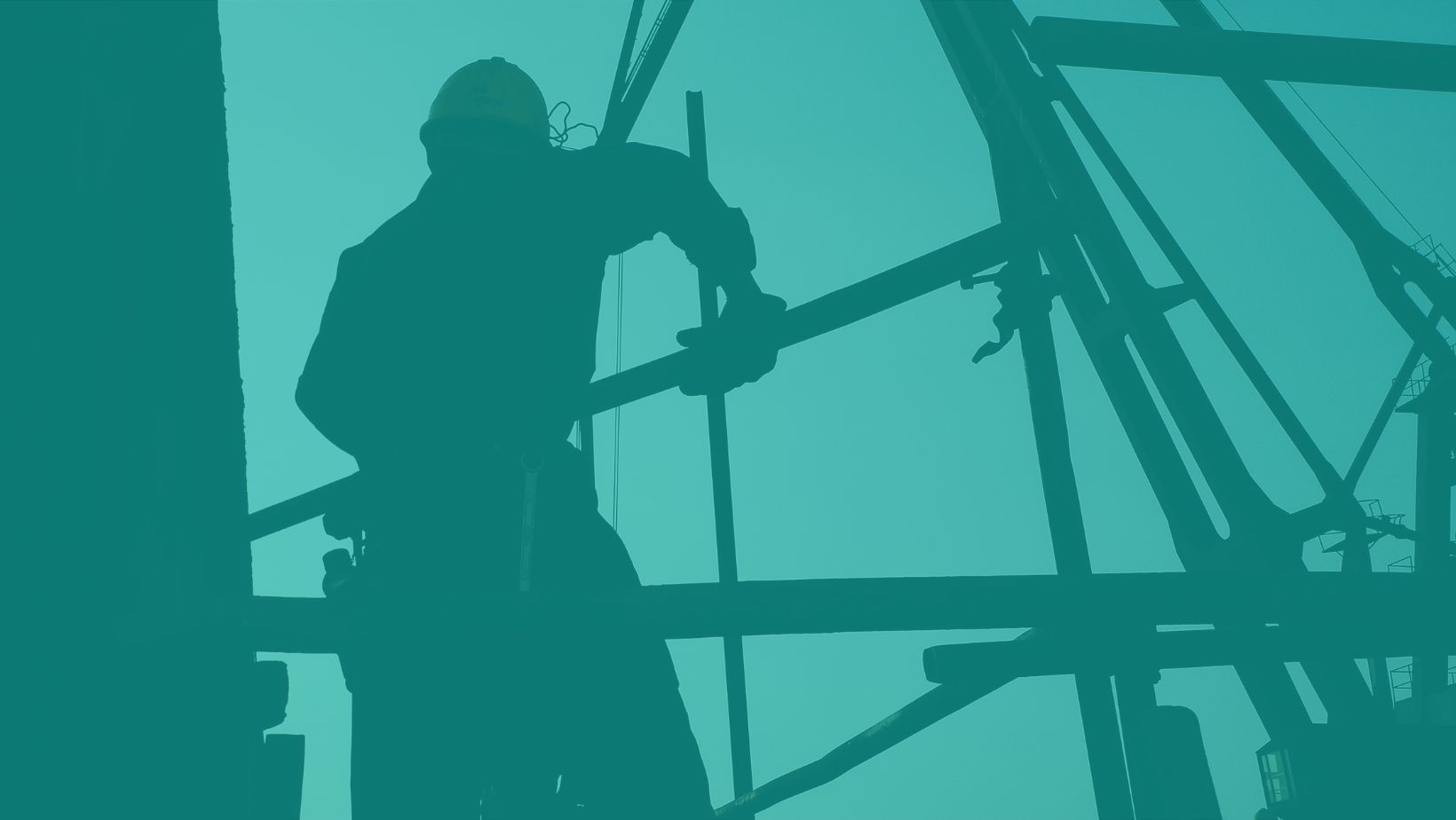As 2025 settles in, the GLO MARINE team began the year by reviewing a transformative 2024, full of remarkable achievements. From driving maritime decarbonization to expanding our global footprint, this year has been a testament to our dedication to innovation, excellence, and sustainability in vessel retrofit and maritime engineering.

Celebrating GLO MARINE milestones and achievements
In 2024, GLO MARINE successfully completed over 180 projects, demonstrating the depth of our expertise:
- 40+ engineering projects focused on vessel retrofits, conversions, and mobilizations.
- 20+ end-to-end retrofit projects, managing every stage from feasibility to commissioning.
- 120+ equipment commissioning projects in collaboration with leading maritime OEMs.
Our team expanded by 35%, and we proudly opened our third office in Bucharest, enhancing our presence across four locations in Romania and the UK. This growth has strengthened our capabilities in structural calculations, electrical systems, and offshore asset commissioning.
Leading the charge in maritime decarbonization
Decarbonization has been at the forefront of GLO MARINE’s efforts throughout 2024. Our innovative green retrofitting solutions are designed to help reduce the environmental footprint of vessels worldwide. GLO MARINE’s expertise was also highlighted at three major international conferences this year, where we shared insights into decarbonization retrofit projects and their impact on the maritime industry.
Expanding our global network
To better meet the needs of vessel owners globally, GLO MARINE has expanded its international network of suppliers and partners. This enables us to:
- Source high-quality materials tailored to specific project needs.
- Provide prefabricated steel structures and piping for faster, more efficient installations.
- Deploy skilled teams for retrofits, repairs, and other on-site operations worldwide.
This growing network ensures GLO MARINE delivers seamless support across all stages of the vessel upgrade process.
Looking ahead to 2025 and beyond
GLO MARINE is committed to strengthening its leadership in decarbonization retrofit engineering and evolving into a complete vessel upgrade partner. Our focus remains on offering end-to-end solutions that exceed client expectations and address the industry’s evolving challenges.
We are equally dedicated to inspiring the next generation of engineers by providing mentorship and opportunities to grow in an industry that is transforming rapidly. GLO MARINE is determined to be at the forefront of this change.
Join us in shaping the future of maritime engineering
At GLO MARINE, courage, innovation, and sustainability define our approach. Whether you are a client seeking innovative solutions or a professional ready to join a dynamic team, GLO MARINE offers the expertise and passion to drive meaningful progress. Together, let’s lead the way in shaping the future of maritime engineering.





